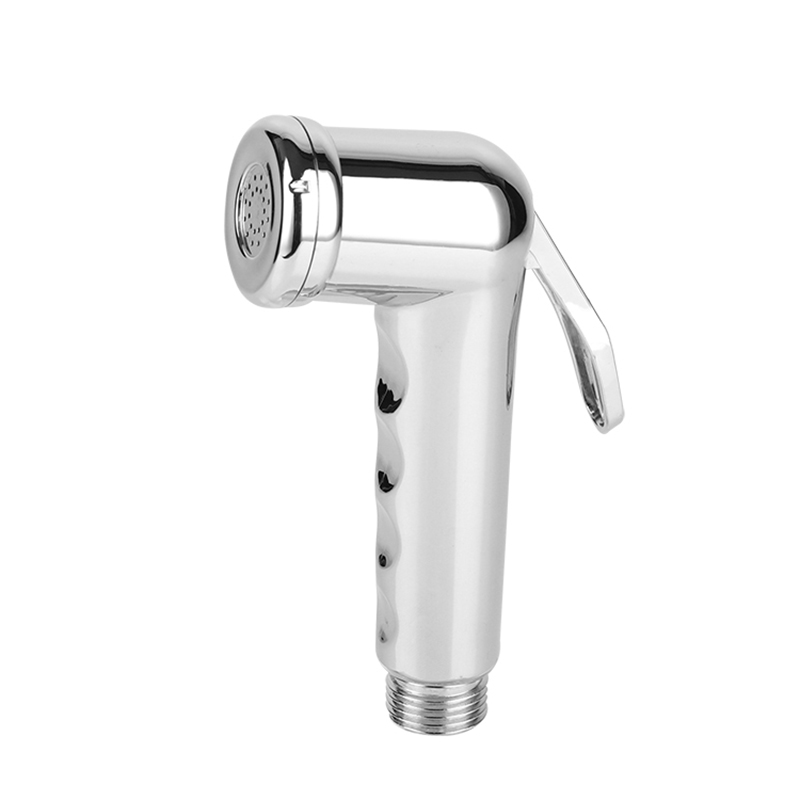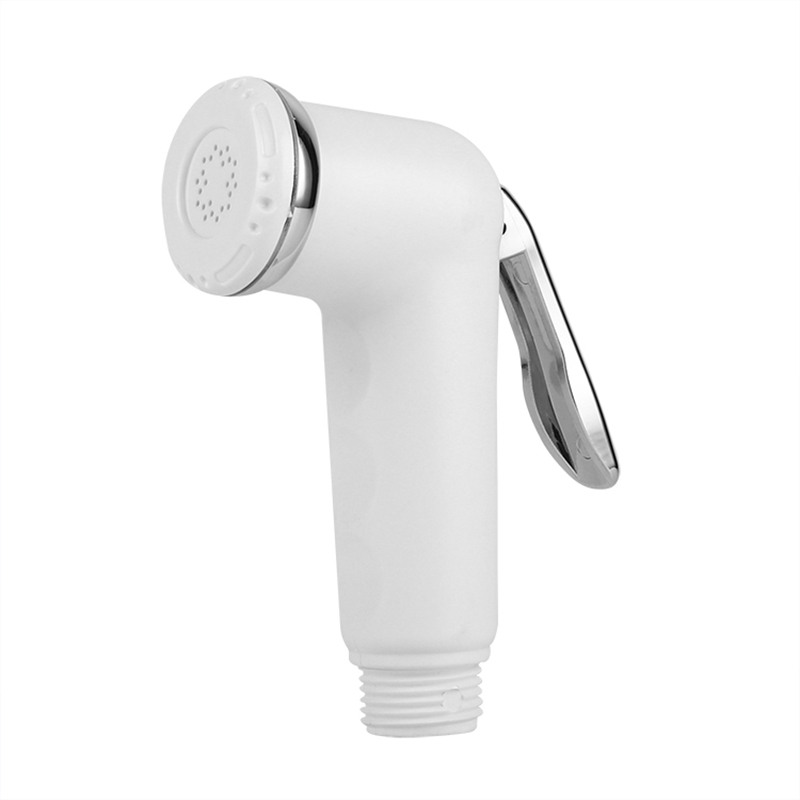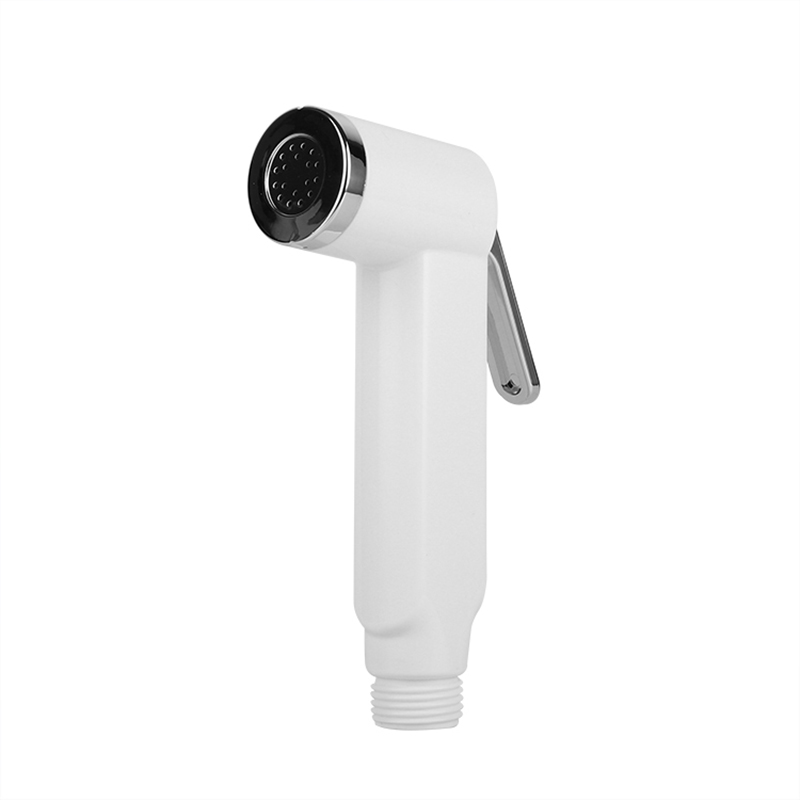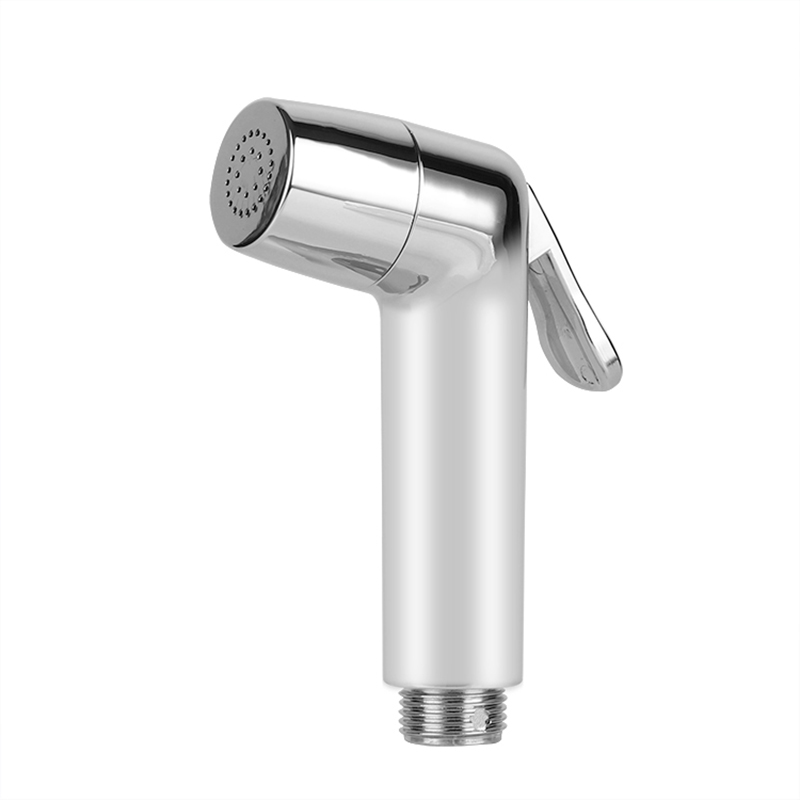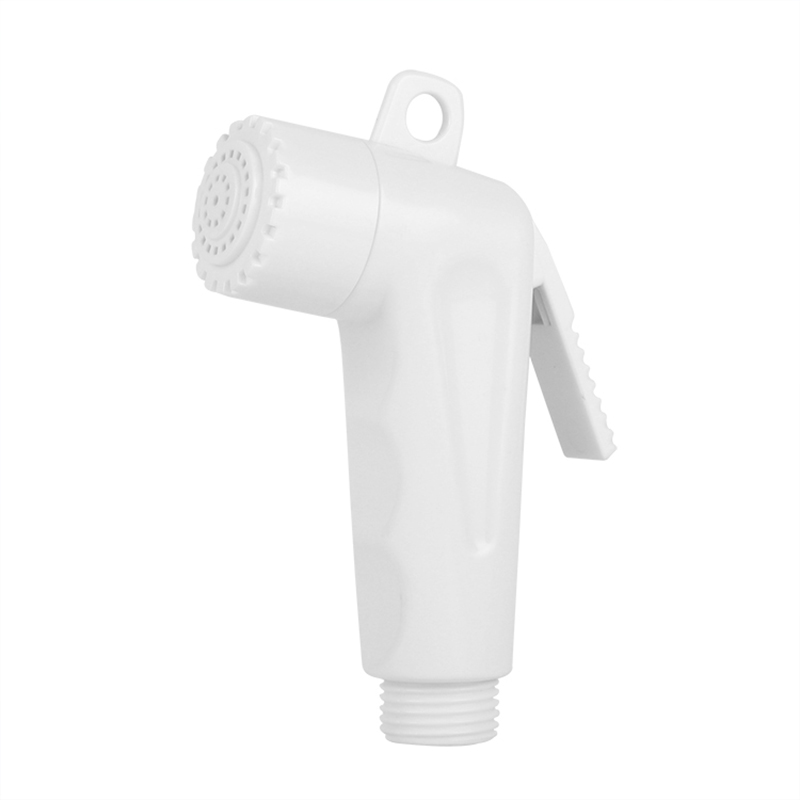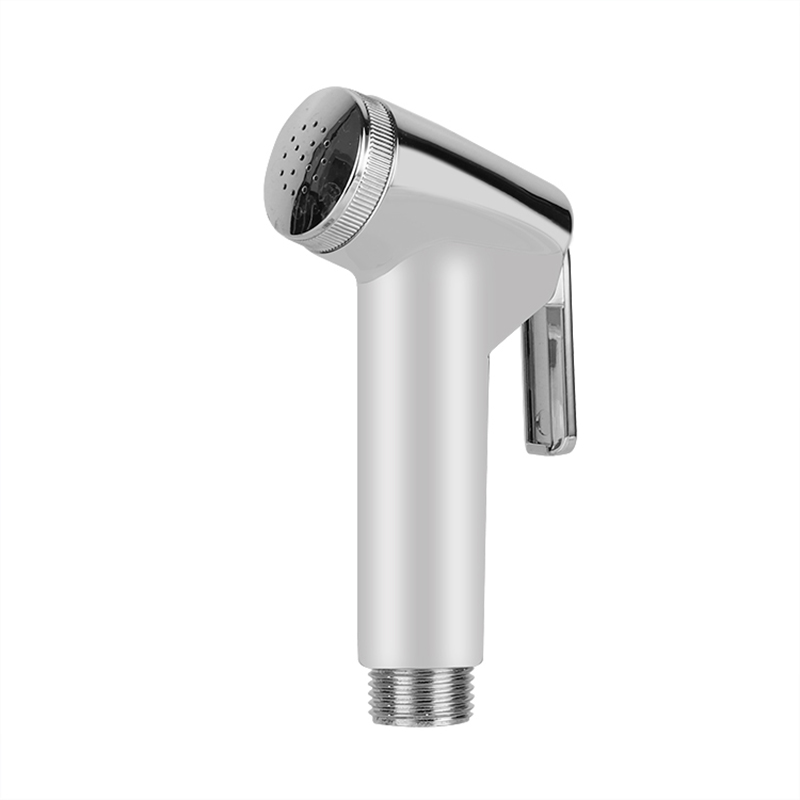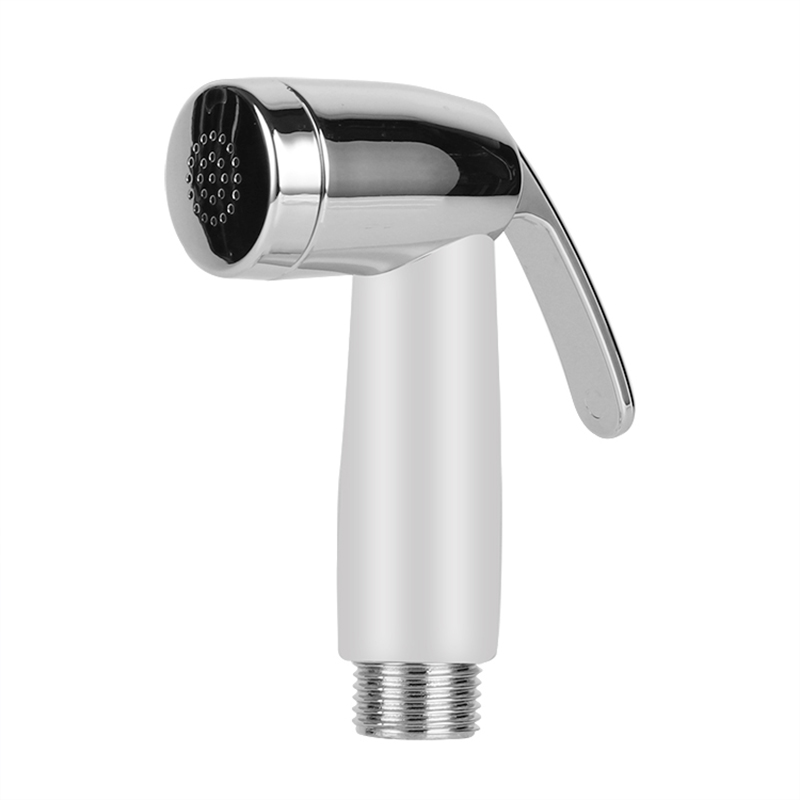In our daily lives, PVC Shower Hoses are an indispensable part of the bathroom. However, as time goes by, PVC shower hoses may have some common problems, among which the blockage problem is particularly troublesome. So, what causes the blockage of PVC shower hoses? And how to prevent it?
1. Causes of blockage
Scale accumulation
Minerals in water, such as calcium and magnesium, form scale after heating. When water passes through the shower hose, this scale will gradually deposit inside the hose, resulting in a smaller pipe diameter and obstructed water flow. Especially in hard water areas, the scale problem is more serious.
Hair and dirt
During the shower process, hair and body dirt can easily be carried into the shower hose by the water flow. Over time, these hair and dirt will accumulate together and form a blockage.
Hose aging
PVC shower hoses that have been used for a long time will gradually age, and cracks or damage may appear on the inner wall. These damaged areas will become accumulation points for scale and dirt, further aggravating the blockage problem.
Improper use of cleaning agents
Some strong cleaning agents may cause damage to the PVC shower hose, causing the inner wall to become rough and more prone to scale and dirt accumulation. In addition, improper use of cleaning agents may also react with minerals in the water to produce sediment and clog the shower hose.
2. Methods to prevent clogging
Regular cleaning
Regular cleaning of PVC shower hoses is the key to preventing clogging. You can use a mixed solution of white vinegar and water, soak the hose in it for a period of time, and then rinse it with clean water. The acid in white vinegar can dissolve scale and effectively remove blockages inside the hose. In addition, you can also use a special shower hose cleaner and clean it according to the instructions.
Install a filter
Install a filter between the shower head and the hose, which can effectively filter impurities and scale in the water and reduce the possibility of clogging. The filter should be replaced regularly to ensure its filtering effect.
Avoid hair and dirt from entering the hose
Before showering, you can comb your hair neatly to avoid hair falling into the hose during showering. At the same time, after showering, the shower area should be cleaned in time to clean up the hair and dirt to prevent them from entering the shower hose.
Use detergents correctly
Avoid using strong detergents to clean the shower hose, choose mild detergents, and use them correctly according to the instructions. If you are not sure whether the detergent is suitable for the PVC shower hose, you can test it in an inconspicuous place first.
Check and replace the hose regularly
Check the condition of the PVC shower hose regularly. If you find that the hose is aging, damaged, or has signs of clogging, it should be replaced in time. Generally speaking, the service life of the shower hose is one to two years, depending on the frequency of use and water quality.
Understanding the causes of clogging of PVC shower hoses and taking corresponding preventive measures can effectively avoid the occurrence of clogging problems, extend the service life of shower hoses, and provide protection for our bathing experience. Choose a reliable quality PVC shower hose, use and maintain it correctly, so that our bathroom will always be clean and comfortable.

 English
English 中文简体
中文简体




